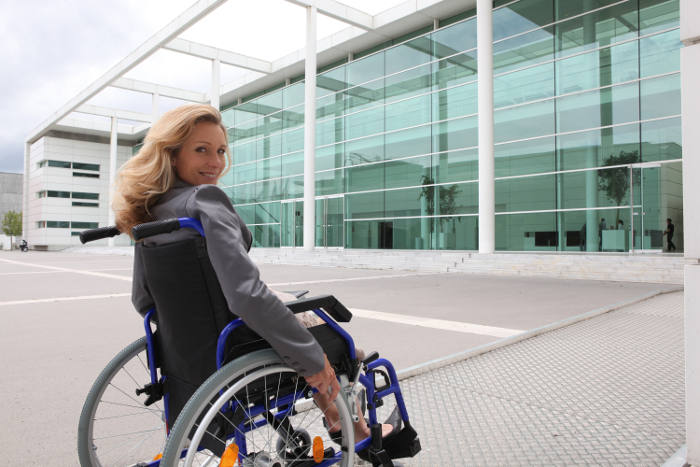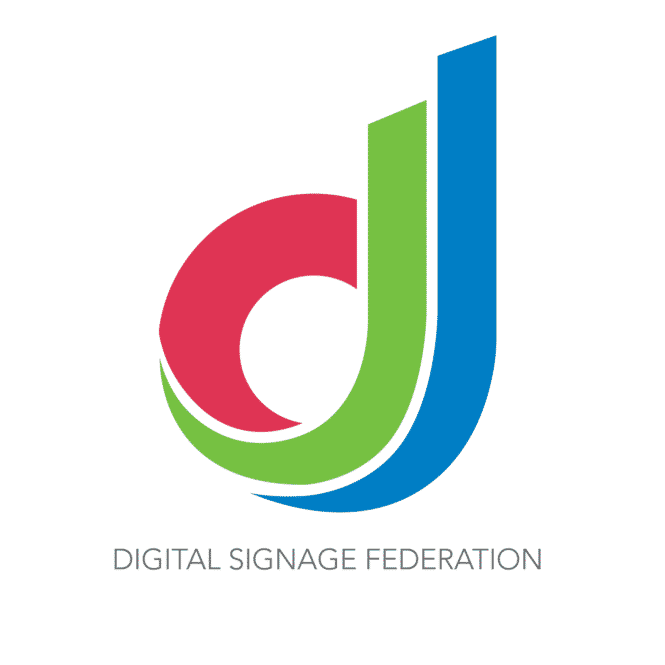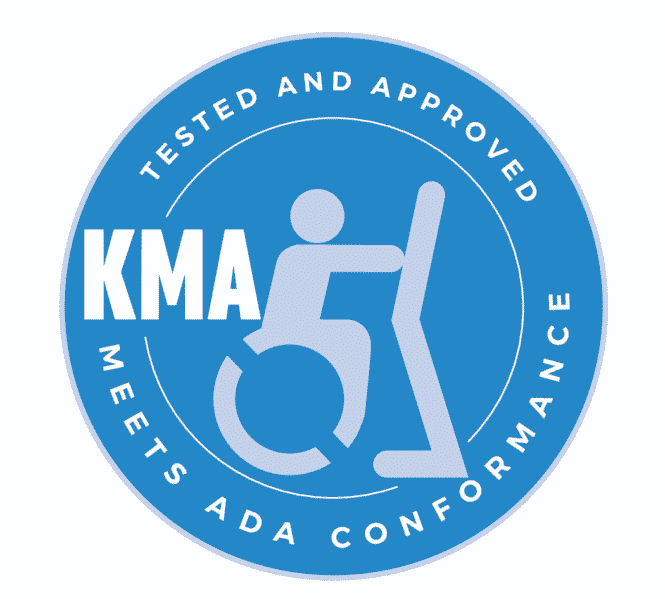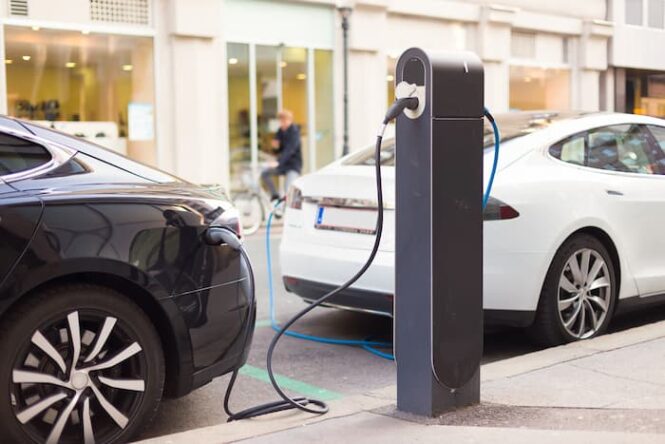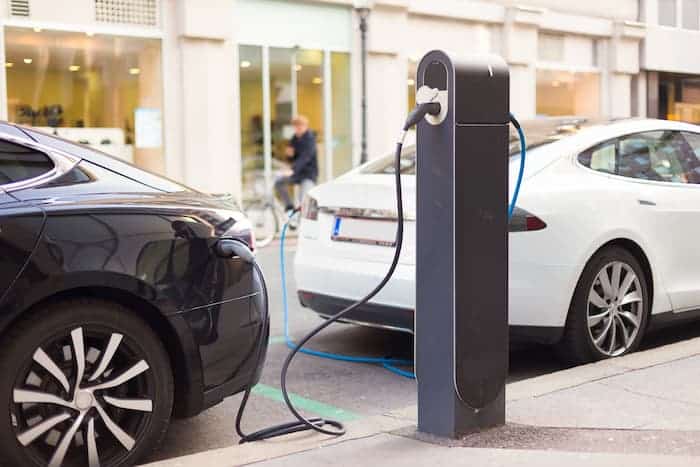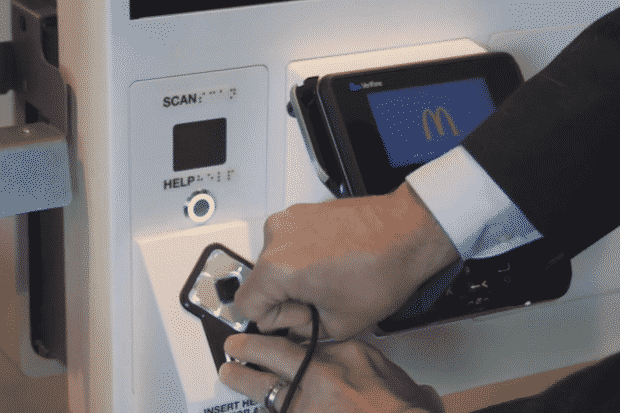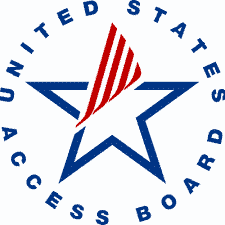
From U.S. Access Board website
Yesterday, President Joe Biden appointed eight new members to the U.S. Access Board. He also reappointed incumbent Board member, Gregory S. Fehribach who is currently the Board’s Chair.
“I am honored that President Biden has reappointed me to the United States Access Board, and I look forward to working with the new appointees from the Biden-Harris team as we serve Americans with Disabilities. I would also like to acknowledge my colleagues who will be leaving the Board and recognize them for their selfless service and time that they have given our country.”
To read the full announcement and appointees’ full biographies, visit the White House’s press release.
Elver Ariza-Silva
Elver Ariza-Silva is active in advocacy efforts for all people with disabilities, with a focus on those who are Latino in the District of Columbia. Originally from the Republic of Colombia, Ariza-Silva is a polio survivor and a professional with more than 20 years combined experience in human and social services and in the food industry.
Heather Dowdy
With fifteen years of experience developing and demonstrating accessible technology in mobile, web and artificial intelligence, Heather Dowdy currently leads Accessibility at Netflix, leveraging technology to connect people with disabilities to their next favorite story. As the oldest daughter of Deaf parents, Dowdy is fluent in American Sign Language (ASL).
Mozhdeh Amelia Hamraie
Dr. Aimi Hamraie (they/them) is a disabled designer and scholar, with expertise in architectural and digital media accessibility. They are the author of Building Access: Universal Design and the Politics of Disability (University of Minnesota Press, 2017), a history of the Universal Design movement and accessibility standards in the United States. Hamraie works as Associate Professor of Medicine, Health, & Society and American Studies at Vanderbilt University.
Hannah Raissa Ibañez
Hannah Raissa Ibañez, Esq. currently works as a Senior Staff Attorney on the Tenant Defense Project for Inner City Law Center, a non-profit law firm that provides free legal services to vulnerable residents of Los Angeles. In this role, she provides litigation defense to low-income tenants, working poor families, immigrants, people who are living with HIV/AIDS, people with disabilities, and veterans facing homelessness and eviction.
Alexis Ander Kashar
Alexis Kashar is a civil rights attorney, business leader, and technologist. She grew up in a multi-generational Deaf family that encouraged her interest in civil rights and accessibility from an early age. For over two decades, she was among a small group of Deaf attorneys in the world practicing civil rights and special education law in the private sector, where she fought for a more accessible world.
KR Liu
KR Liu is a leader in the area of disability inclusion and LGBTQ rights. Diagnosed with severe hearing loss at the age of three, she’s made it her life’s work to be a strong advocate for disabled people. As the Head of Brand Accessibility at Google, Brand Studio she drives innovation of representation for diverse disabled audiences, a segment that historically has been overlooked.
Benjamin William Julian Nadolsky
Benjamin Nadolsky of Knoxville, Tennessee is the principal of Nadolsky Consulting Group LLC, a firm specializing in education, accessibility, and disability rights. He is on the Board of Directors for the World Institute on Disability and the Pennhurst Preservation & Memorial Alliance Advisory Board.
Madeline Rose Ruvolo
Madeline Ruvolo is a transportation planner on the Accessible Services team at the San Francisco Municipal Transportation Agency. She specializes in the accessibility of active transportation and emerging mobility projects and programs.
Gregory S. Fehribach
Board Chair Gregory S. Fehribach of Indiana is a leader in accessibility and inclusion for people with disabilities. An attorney for over thirty-five years who is affiliated with the Indianapolis law firm Tuohy, Bailey, & Moore, LLP, Fehribach founded The Fehribach Group in 1995, where he provides innovative access solutions to clients nationwide who are seeking to create an accessible environment that is welcoming to all guests.
These appointments succeed Board members Regina Blye, Patrick D. Cannon, Marc D. Guthrie, Christopher Stephen Hart, Mathew McCollough, Howard A. Rosenblum, and Rochelle Gill Siegel.
“I thank these members for their service and time on the Board. They have provided a valuable contribution to the public and future generations in advancing accessibility throughout society,” Board Executive Director Sachin Pavithran remarked. “I also welcome and am excited to work with the diverse group of new members to advance the Board’s mission.”
The U.S. Access Board is an independent federal agency that provides leadership in accessible design under the ADA and other laws. The Board is structured to function as a coordinating body among Federal agencies and to directly represent the public, particularly people with disabilities. Twelve members of the governing Board are representatives from most of the federal departments. The other thirteen are comprised of members of the public appointed by the President to four-year terms. More information can be found on the Board Members webpage.


